
Starting June 1st, 2023 Our warehouse fee will be $0.65/cubic foot per month
In effort to lower the warehouse storage fee during inflation, we have went narrow aisle racking.This construction took us four months but the project is finally completed. With narrow aisle racking, we are able to drop storage by 24%.We as partners will go through this inflation together.
07/24/2024
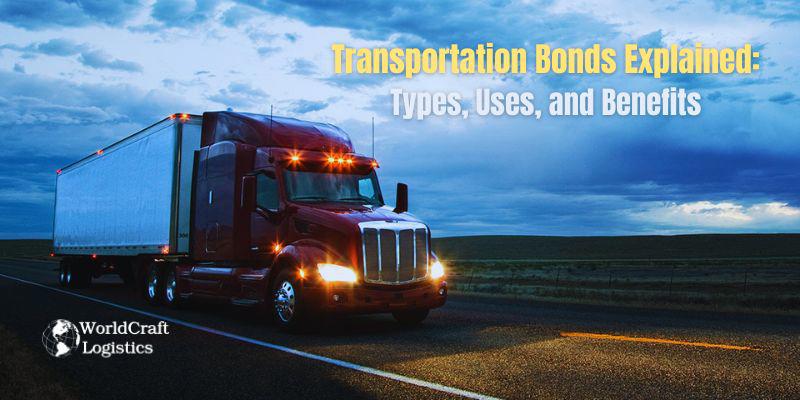
Navigating the intricacies of international trade can be daunting, but understanding transportation bonds can significantly ease the process. These essential tools, also known as entry bonds, ensure the smooth movement of goods through the United States while adhering to customs regulations. Whether you’re transporting goods between ports of entry, managing exports of rejected items, or simply passing through the US to another destination, the right transportation bond is key. In this article, Worldcraft Logistics will share insights into the different types of transportation bonds, their specific uses, and practical steps to obtain them, empowering you to handle bonded shipments with greater confidence and efficiency.
A municipal government, state authority, or specialized regional district releases a transportation bond, a stable income security, to finance public transportation infrastructure requirements.
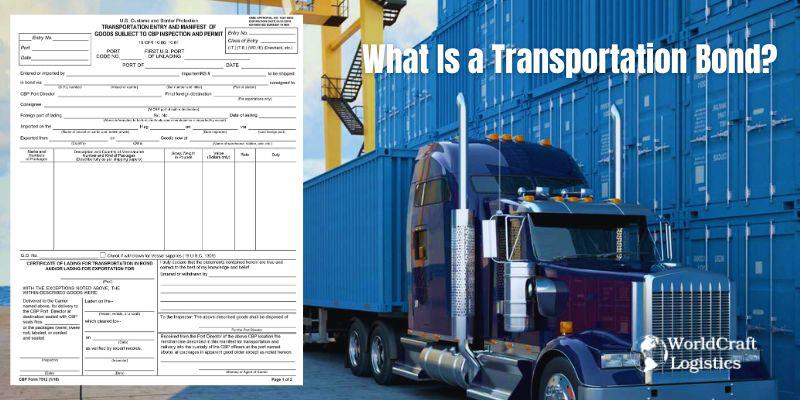
Related articles for you:
👉 What is the meaning of Long-Haul Transportation? Guide for ecommerce
👉 Transportation Management System (TMS): Useful knowledge & guide for beginner
👉 Mastering the Art of Packaging and Preparing Items for Less-than-Truckload Transport
Entry bonds, often called transport bonds, are essential for moving goods through the US. They are divided into three categories, each tailored to the specific movement of goods under your care. Knowing these bond types is crucial for any bonded carrier, as choosing the wrong one can be costly and lead to significant delays. Read on to understand these bonds better, and contact a broker for further details.
The Immediate Transport (IT) bond, also known as an In-Transit Bond, is frequently asked about. This bond permits goods to move from one port of entry to another without paying duties and taxes initially. For instance, if a shipment arrives in Los Angeles but is destined for Texas, the IT bond allows it to be transported to a bonded warehouse in Texas. Duties, taxes, and fees are paid only when the goods reach their final destination.
Working with a broker is recommended to ensure the proper release of bonded goods and payment of required duties and taxes. While IT bonds offer supply chain flexibility and logistical benefits, remember that the goods cannot enter US commerce without the relevant duties and taxes being paid. The goods must remain in bonded facilities until all requirements are met, and only bonded carriers and bonded warehouses can handle such shipments.
An Immediate Exportation (IE) bond is used for goods that need to be exported from the same port they arrived at. This bond is typical for goods rejected by Customs and Border Protection (CBP) or other government agencies, such as the FDA. Since these goods are to be shipped back without entering US commerce, no duties are required. The IE bond ensures a smooth process and maintains the chain of command for the merchandise.
A Transportation and Export (T&E) bond is for goods entering the US only to be exported to another country. These goods do not enter US commerce and remain under bonded carriers or warehouses’ custody. Unlike IT bonds, T&E bonds facilitate the movement of goods intended for export, ensuring duty-free transportation through the US. An example is goods from Canada destined for Mexico, which can travel through the US on a T&E bond without paying import duties or taxes.
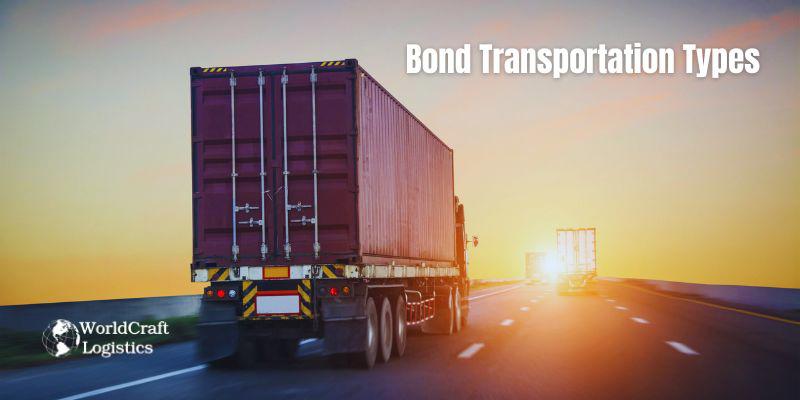
This overview touches on the complexities of entry bonds, providing clarity on their types and uses. For detailed guidance on your specific situation, contact our carrier assist team. With decades of experience, we are ready to help you navigate these requirements successfully.
Transportation bonds, fixed-rate financial instruments, are commonly issued by local, regional, state, and federal government agencies to finance diverse projects within the transportation sector. This encompasses vital endeavors like the development and enhancement of highways, bridges, ports, airports, rail lines, and public transit systems. Notably, the unique nature of the transportation sector often requires projects to span extensive regions, such as large metropolitan areas, leading to the establishment of special districts for effective coordination of regional transportation needs.
The framework of transportation bonds mirrors that of municipal bonds issued by local governments and state governments. Bonds issued by states and government entities generally possess a higher credit rating compared to those from smaller cities and towns.
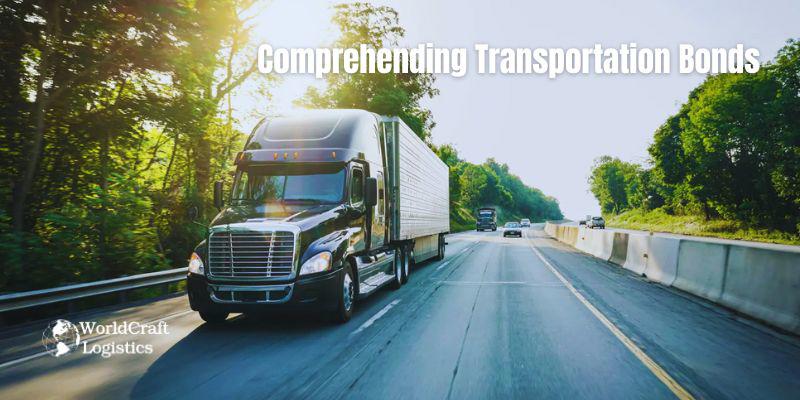
A case in point is the Bay Area Rapid Transit District (BART), initiated in 1957 to furnish rail transit across five counties in the San Francisco Bay area. Operating a continually expanding fleet of 862 rail cars covering 130 miles of tracks, the district holds the authority to impose property taxes and secure funds through bond issuance, contingent upon approval by the local citizens through voting.
Meanwhile, additional transportation requirements, like air service, secure financial backing through transportation bonds issued by local, state, or specially formed districts. The Port Authority of New York and New Jersey serves as an illustration, overseeing multiple airports while managing seaport facilities, bridges, tunnels, and bus terminals.
Transportation bonds are funded through various mechanisms:
General Obligation Bonds (GO): State and local governments secure these bonds with income tax, sales tax, and other levied taxes.
Revenue Bonds: These bonds are structured to utilize specified revenue sources for interest and principal payments. Frequently tied to tolls and fares for highways, bridges, and transit facilities, they may be suitable for transportation financing. However, due to the risk of falling revenues, investors often demand a higher interest rate.
Private-Public Partnerships: Collaborations between government authorities and private firms result in entities that jointly fund specific initiatives, providing an alternative avenue for financing.
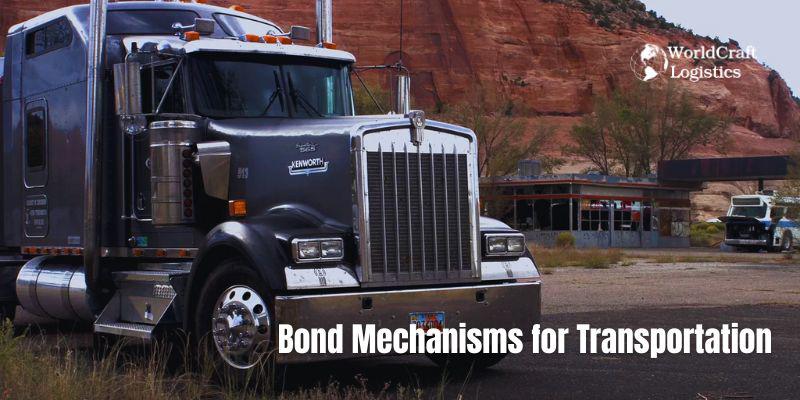
The management of the Elizabeth River Tunnels Project involves both the private entity Elizabeth River Crossings OpCo, LLC, and the Virginia Department of Transportation. To finance this endeavor, revenue bonds have been issued, supporting toll roads and tunnels near Portsmouth, Virginia.
Another instance of a private-public partnership is observed in the Eagle P3 FasTracks project, aimed at constructing or extending commuter rail lines in the Denver, Colorado, region. Denver Transit Partners, a consortium of various private companies, collaborates with the Regional Transportation District (RTD) on this initiative, which is partially funded by transportation bonds.
While traditional municipal bonds have historically appealed to investors due to their tax-exempt interest earnings, transportation bonds may not enjoy the same exemption. In certain cases, the interest may be exempt from state taxes but remains subject to federal taxes. Conversely, bonds issued by private entities in collaboration with public bodies may, in some instances, offer tax-exempt status from federal taxes.
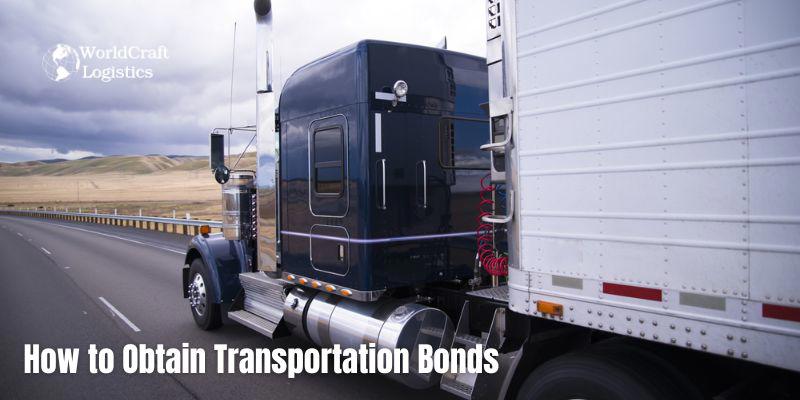
Securing transportation bonds, also known as entry bonds, is a vital step for any bonded carrier involved in the movement of goods through the US. Here's a step-by-step guide to help you navigate the process:
Customs brokers are licensed professionals who can assist you in obtaining the necessary bonds. They will guide you through the application process and ensure you choose the right bond type for your needs.
A broker can also help you understand the specific requirements and regulations associated with each bond type.
Gather all necessary documents, including shipping details, the nature of the goods, and their intended movement path.
Ensure you have information on the ports of entry and exit, as well as details about the bonded warehouses involved.
Submit an application for the transportation bond through your customs broker or directly with a surety company that issues bonds.
Provide accurate and comprehensive information to avoid delays or rejections.
The surety company will review your application and, if approved, issue the bond.
They act as a guarantor, ensuring that you will comply with all customs regulations and pay any required duties and taxes.
Once the bond is issued, adhere to all conditions and requirements. This includes ensuring that goods remain in bonded facilities and do not enter US commerce until all duties and taxes are paid.
Work closely with your broker to facilitate the movement and clearance of goods.
Keep detailed records of all bonded shipments, including transportation routes, bonded warehouse details, and customs documentation.
Accurate record-keeping ensures compliance and simplifies future bond applications.
For complex shipments or if you're unsure about the process, seek advice from logistics professionals or legal experts specializing in customs regulations.
Their expertise can help you navigate the intricacies of obtaining and using transportation bonds effectively.
By following these steps and working with experienced professionals, you can obtain the necessary transportation bonds to ensure the smooth and compliant movement of goods through the US.
SEO
Digital Marketing/SEO Specialist
Simon Mang is an SEO and Digital Marketing expert at Wordcraft Logistics. With many years of experience in the field of digital marketing, he has shaped and built strategies to effectively promote Wordcraft Logistics' online presence. With a deep understanding of the logistics industry, I have shared more than 500 specialized articles on many different topics.

Education
01/05/2025

Education
02/18/2025

Education
01/01/2024

Education
08/28/2024

Education
11/13/2023